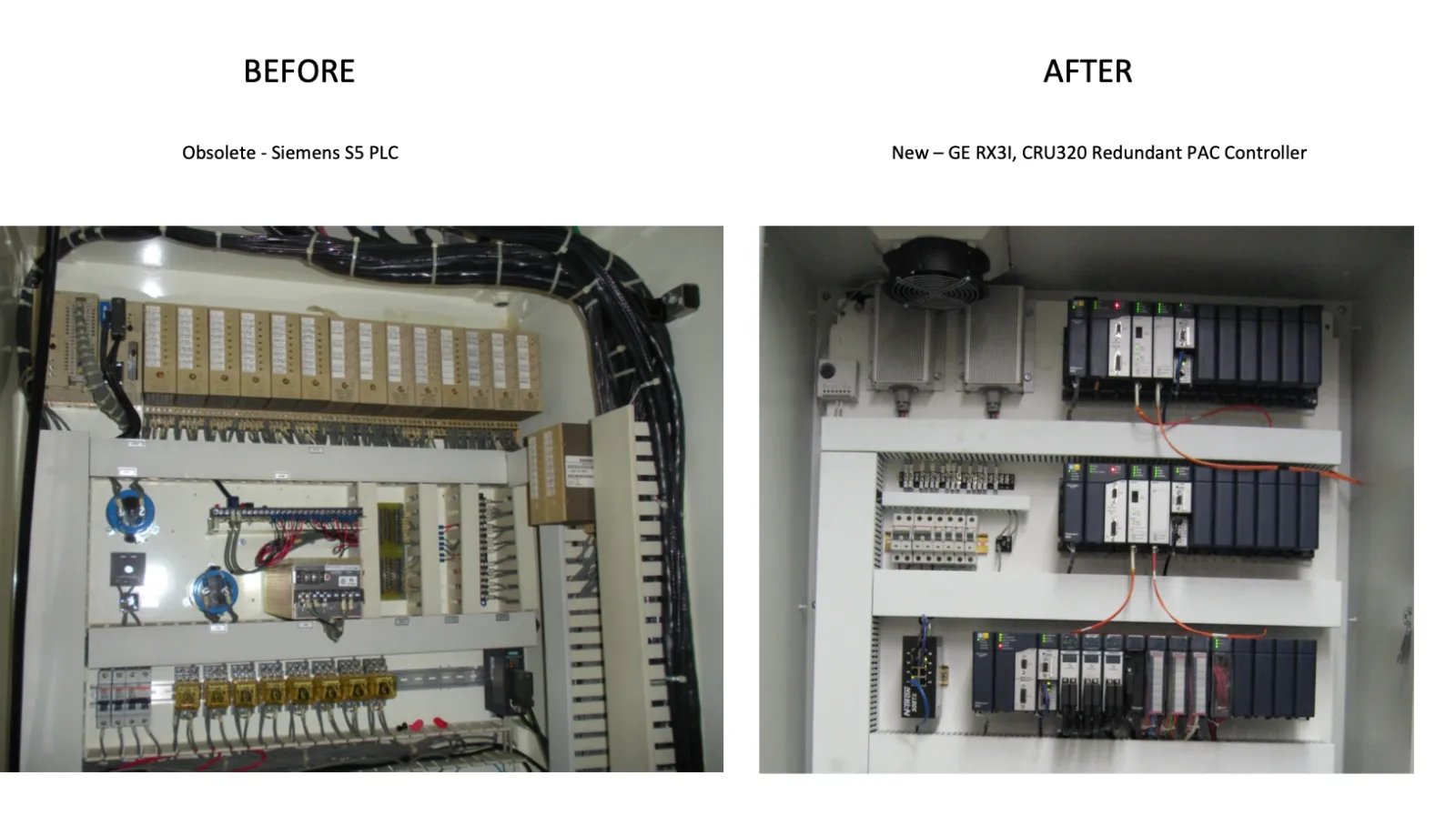A national telecommunications company
Upgrading Antiquated Infrastructures: A National Telecommunications Company

THE CHALLENGE
Prime Power was responsible for:
- Developing and implementing a 21st century solution without jeopardizing the integrity of the existing system, resulting in no downtime during the upgrade
- Delivering functionality that made reconfigurations effortless for system operators
- Providing future-focused service, including backup batteries generating eight hours of continuous complete power support in the unlikely event of an outage
The project began with assessing the massive telecom plant that consisted of three separate identical medium voltage substations that were fed from two sides by separate 2,500 KVA transformers. Allowing for maximum uptime, each substation substation was supported by two different utility sources, and two megawatt generators constructed with an N+1 configuration.
The old equipment contained obsolete Siemens S5 Programmable Logic Controllers (PLCs). If one of the PLCs failed, the reliability of the entire system could be severely compromised, resulting in unintended downtime and the interruption of vital communications operations for several million telecom customers. The upgrade required the replacement of all PLCs with a system of redundant Programmable Automation Controllers (PACs) utilizing a 2.12 gigabit fiber network.
THE SOLUTION
Prime Power Engineers assessed the situation and authored a plan to replace each of the obsolete PLCs with redundant PACs, tying them in with Ethernet remote monitoring capabilities. The new technology allows each CPU to operate in coordination with one another, thereby enabling a seamless transfer to the secondary controller via one scan in the unlikely event of a fault within the primary controller. New redundant 48 to 24 Volt DC to DC converters were also installed to provide continuous supply voltage to the system.
Each substation's controls were upgraded individually with the new redundant PAC controllers. Prime Power successfully performed the entire overhaul without any downtime, and the plant remained fully operational throughout the upgrade.
Under the new configurations, backup batteries provide eight hours of continuous additional power support in the unlikely event of a complete power outage.
THE BENEFIT
It is critical for this site to remain online at all times to prevent outages to its customers. Millions of people rely on this telecom giant for communications requirements to consistently remain operational. If the site went down, an entire state capitol risks a communications blackout.


